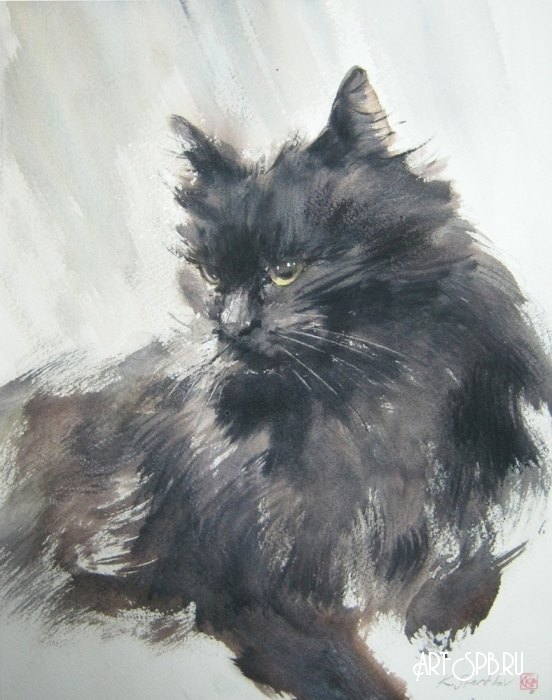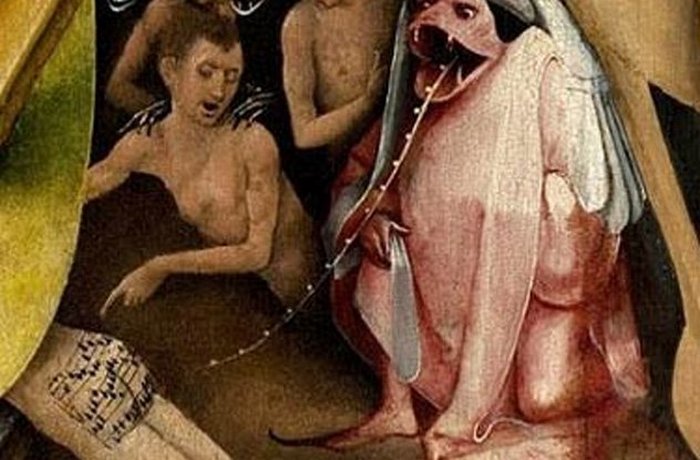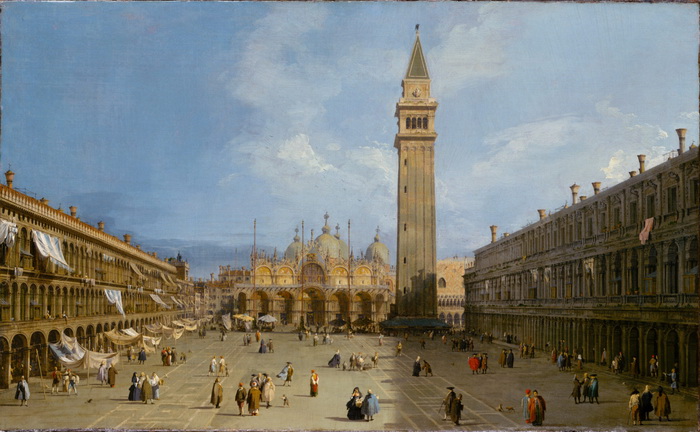composite
Ciphers, signs and self-portraits: How artists of the past signed their paintings
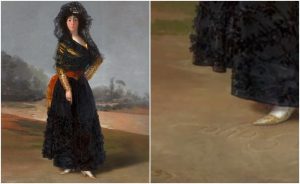 Not every masterpiece of painting contains the signature of the artist. There were reasons for this, both at the dawn of the Renaissance and in the modern era; they are now. Some of the works were “signed” by the masters in unusual ways – symbols in which an indication of the identity of the author was hidden. Bones, butterflies, cats appeared in the paintings for a reason.
Not every masterpiece of painting contains the signature of the artist. There were reasons for this, both at the dawn of the Renaissance and in the modern era; they are now. Some of the works were “signed” by the masters in unusual ways – symbols in which an indication of the identity of the author was hidden. Bones, butterflies, cats appeared in the paintings for a reason.
Why it was not customary to sign a work before
Having finished work, put your signature in the lower right corner of the picture – a custom that entered the practice of artists during the early Renaissance. Alas, authorship of earlier works is often not possible to establish – primarily because of the lack of signatures on them. Continue reading
Secrets of the Four Seasons
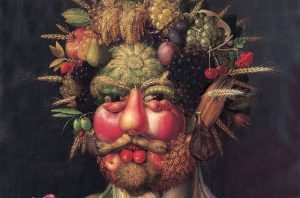 This year marks almost 430 years since the death of Giuseppe Arcimboldo, an Italian artist known for his original portraits of fruits, vegetables, flowers and fish. Giuseppe so skillfully portrayed these objects on canvas, that their entire combination forms a recognizable similarity of portrait subjects. The art of Arcimboldo, as the most radical and extravagant representative of the mannerism style, is also noteworthy in that he pushed the theme of the parallel between humanity and the natural world beyond new boundaries.
This year marks almost 430 years since the death of Giuseppe Arcimboldo, an Italian artist known for his original portraits of fruits, vegetables, flowers and fish. Giuseppe so skillfully portrayed these objects on canvas, that their entire combination forms a recognizable similarity of portrait subjects. The art of Arcimboldo, as the most radical and extravagant representative of the mannerism style, is also noteworthy in that he pushed the theme of the parallel between humanity and the natural world beyond new boundaries.
The genre of portraiture has been one of the dominant for many centuries. However, in the 16th century, Giuseppe Archimboldo provided his own vision of this genre, combining it with a still life and surprising his contemporaries with his extraordinary compositional solutions. Continue reading
Musical hoax: Who actually wrote “Adagio” Albinoni
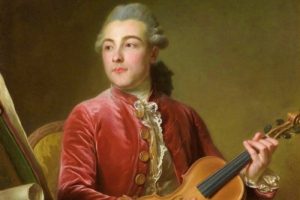 Adagio Albinoni is a truly enchanting piece of music. The melody as if touches the hidden strings of the human soul, is remembered for a long time and then, it seems, sounds inside. At first, no one doubted that the author of “Adagio in G Minor for String Orchestras and Organ” was precisely Tomaso Albinoni. However, musicologists today almost with absolute certainty declare: in fact, a completely different person created the ingenious music.
Adagio Albinoni is a truly enchanting piece of music. The melody as if touches the hidden strings of the human soul, is remembered for a long time and then, it seems, sounds inside. At first, no one doubted that the author of “Adagio in G Minor for String Orchestras and Organ” was precisely Tomaso Albinoni. However, musicologists today almost with absolute certainty declare: in fact, a completely different person created the ingenious music.
In 1671, in Venice, in a rather wealthy family of a merchant and patrician Antonio, a boy named Tomaso was born. It is unlikely that the parents then assumed that their son would become a famous composer, and a few centuries after his death he would become famous throughout the world. Continue reading
